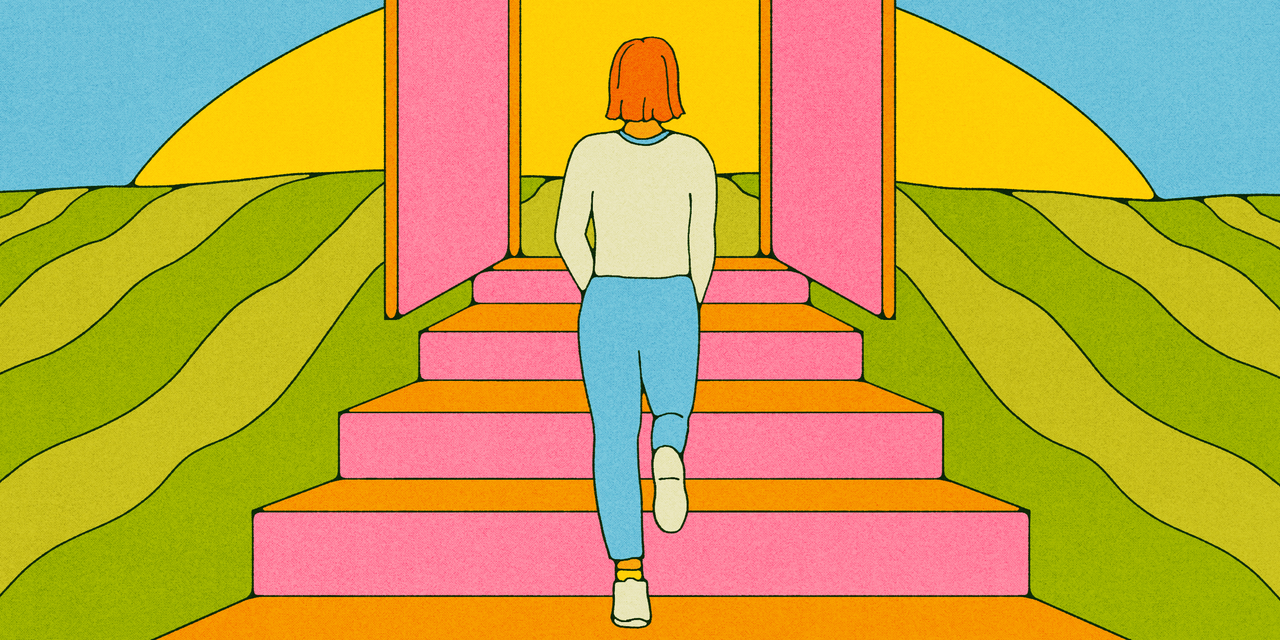Blog
What It Might Mean If Your Back Pain Gets Better With Activity, Not Rest

Other inflammatory conditions can also cause back pain that worsens with rest and improves with activity, Dr. Portugal says. Up to 30% of people with the skin condition psoriasis, for instance, will develop psoriatic arthritis, which can cause pain and swelling in the fingers, wrists, knees, and ankles and about 20% of those folks will experience spine-related issues (psoriatic spondylitis), according to the Spondylitis Association of America. Meanwhile, about one in five people with inflammatory bowel disease like Crohn’s disease or ulcerative colitis will develop enteropathic arthritis, another type of chronic arthritis that can impact the spine, the association says.
Why can activity help alleviate some types of back pain?
For better or worse the entire body is connected, Dr. Cheng says. This means it’s possible for an injury in one place, like your knee, to give way to a separate injury in another, like your hip. On the flip side, strengthening one part of your body can help bolster another, which is especially true for your back, Dr. Cheng says. That’s because your spine quite literally holds everything together, keeping you from buckling into a pile of bones.
And this, experts say, is why movement truly is the best medicine for many types of back pain. In fact, the Spondylitis Association of America notes that one expert referred to exercise as the “granddaddy” of therapy options for ankylosing spondylitis. And even for the 90% of people whose chronic low back pain has no clear cause, physical activity is often still the treatment of choice among doctors and patients alike, thanks to its effectiveness, low cost, and basically nonexistent side effects.
Exercise programs that emphasize core strength, for example, have been shown to reduce chronic low back pain by approximately 77%, according to a 2016 review of more than a dozen studies. Your core includes the muscles that surround your spine, from your abdominals to your lower back. So the stronger your core is, the more stable your spine and “the less load you put on your back,” Dr. Cheng says. As a bonus, working on your core also helps with balance and flexibility.
Research also shows that moderate aerobic exercise, such as walking and cycling, increases blood flow to the back, which encourages tissue repair and reduces inflammation and stiffness. Additionally, some research also suggests that aerobic exercise spurs the production of endorphins and other chemicals associated with reduced feelings of pain and can help people feel more confident with movement, improving their functionality.
Even a simple stretch can work wonders for back pain. For example, consider your hip flexors. Tight hamstrings can pull on them, reducing their range of motion and adding stress to your lower back. Stretching your hammies, as well as other muscles in your legs, butt, and back, can improve your overall flexibility, which will, in turn, help boost joint mobility and reduce back pain and stiffness.
That said, there’s no one-size-fits-all approach, experts say. The type, duration, and intensity of physical activity that will ultimately help you depends on your pain’s root cause and severity level, along with other factors like your age and overall health status.
When in doubt seek a professional’s help, Dr. Portugal says, explaining that doing too much or too little physical activity (or simply doing it incorrectly) can increase your risk of additional injury.
Get more of SELF’s great service journalism delivered right to your inbox.
Related:







